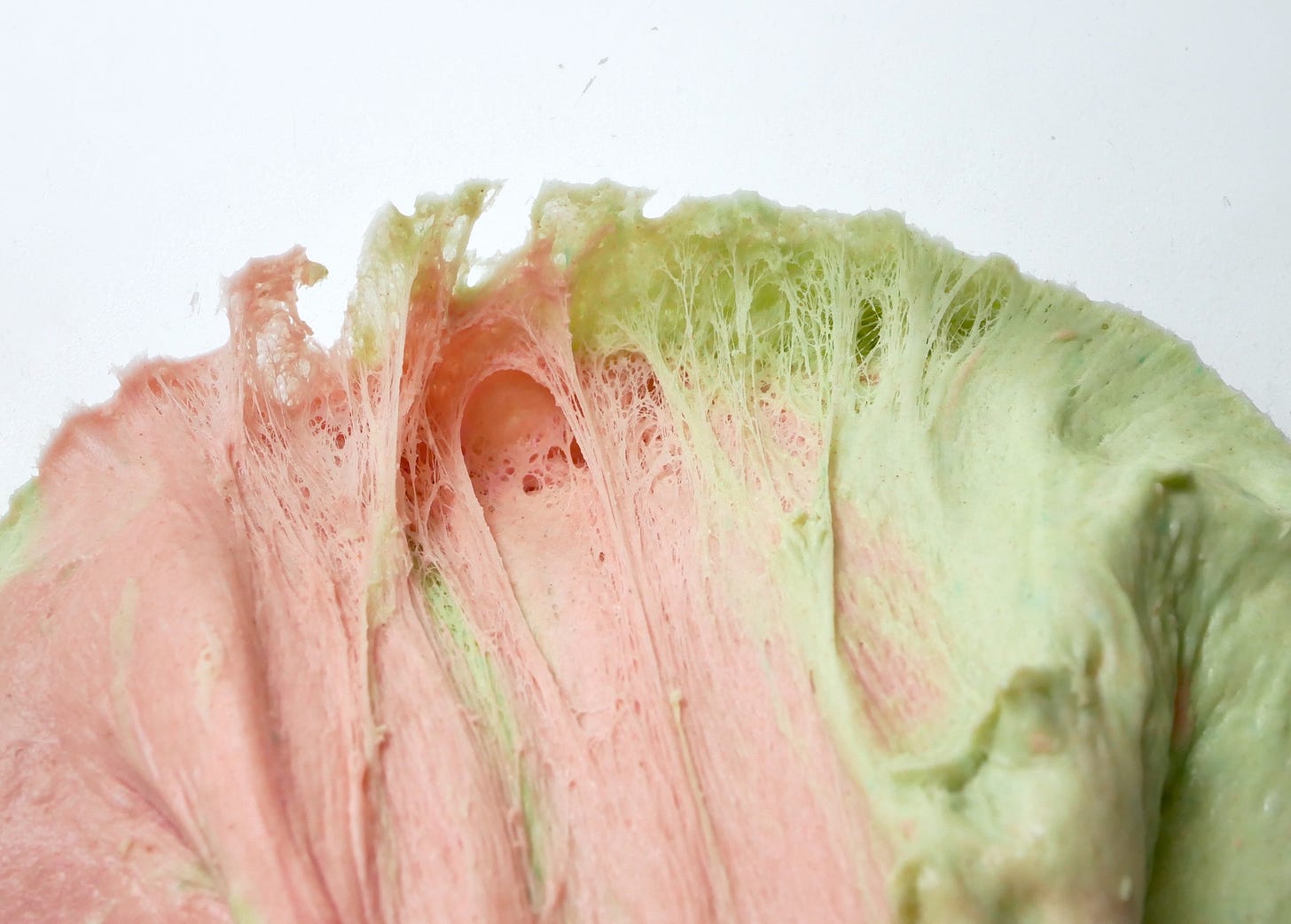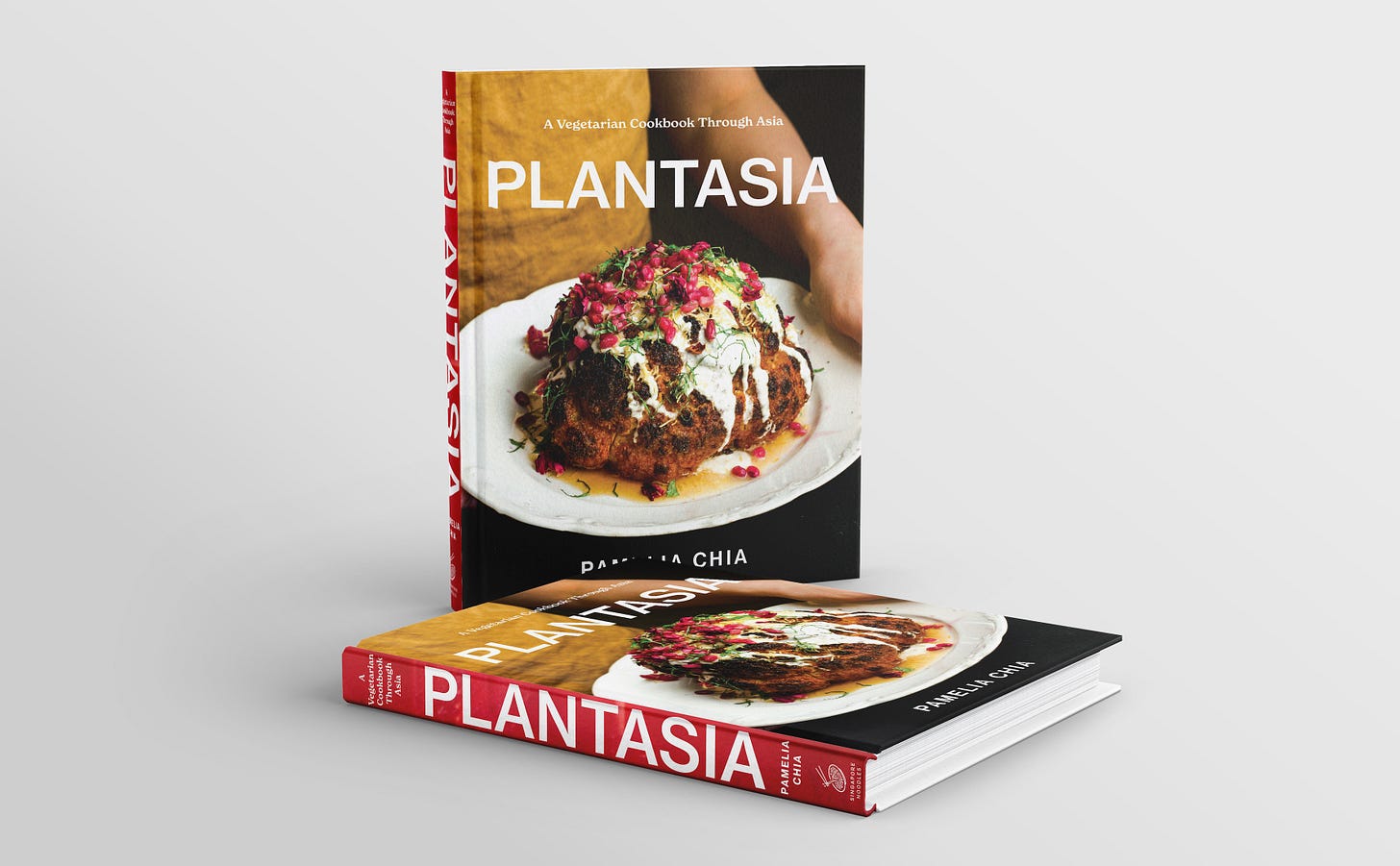✨ Welcome to my newsletter, Singapore Noodles, a celebration of Asian culinary traditions and food cultures. Every Monday, you’ll be receiving historical tidbits, personal stories, and recipes delivered straight to your inbox. Archived recipes and other content can be found on the index. This newsletter is 100% reader funded; each paid subscription supports the writing and research that goes into the newsletter, pays guest-writers, and gives you access to all content and recipes. Thank you for being here and enjoy this week’s post. ✨
I don’t believe there’s a more potent image of nostalgia for a millennial Singaporean than ice cream sandwiched within a folded slice of bread. For me, it is synonymous with evenings at my grandmother’s on the weekends - everyone would be gathered around the telly watching the latest soap drama when we’d hear the ice cream uncle announcing his appearance in the neighbourhood. The ice cream is rarely sold by the scoop, but rather as rectangular blocks cut from a larger brick that is kept cool in a make-shift freezer strapped onto a motorcycle. Because these hawkers obtain their ice cream from suppliers, the flavours sold are standard — sweet corn, durian, peppermint chip, yam, red bean, coconut, chocolate chip. My favourite has always been the raspberry ripple, sandwiched between two thin wafers. But when I reminisce about Singapore’s ice cream hawkers, it is the bread that comes to mind.
Like the loaves that are popularised at Singapore’s kopitiams and eaten with kaya, this bread is fluffy and tall. The only difference is that it’s streaked in powder pink and green. It reminds me of paddle pop. I’ll be honest - I’m not a fan of colouring in my food, but I make an exception for rainbow bread because the end result is not garish, but wistfully evocative of a kind of lost innocence. To make rainbow bread, divide your bread dough in two and knead green and red food colouring into each piece until it reaches the desired colour. Subtlety is the point: you are hoping for pastel, not neon. You cut the two doughs further into smaller pieces, arrange them randomly, then smush everything together to produce a marbled effect, before proceeding to proof the dough.
Rainbow bread is typically baked in exceptionally tall tins. I used a standard 9-by-4-inch loaf pan so the final loaf wasn’t as lofty, but still, it was a magnificent moment when I opened the oven door.
I made raspberry ripple ice cream on the same day. Many people don’t realise how easy it is to make ice cream. If your custard is made with enough egg yolks and dairy fat content, you really don’t need an ice cream maker. Sure, the end result might be a tad icy, but the Magnolia ice cream that I remember in these local sandwiches aren’t the smoothest either so I wouldn’t sweat it. I made a classic custard that is flavoured with a little vanilla bean paste and added some crème fraîche for a subtle tang. Greek yoghurt will achieve the same effect too. I heated raspberries and sugar to make a quick coulis, layered it with the custard in a loaf tin, and froze it until it was completely set and sliceable.
The taste of raspberry ripple ice cream is pure summer. If you don’t want to make your own bread, you can purchase any sandwich bread or enjoy the ice cream between plain wafers. While the ice cream cart wafers have a wonderful airy crisp texture and are barely sweetened, I’ve not managed to find a dupe in the Netherlands. What I have found and enjoyed, however, are Jules Destrooper Boterwafels which are delightfully buttery and high-quality for a supermarket biscuit.
🥦 My second cookbook Plantasia: A Vegetarian Cookbook Through Asia leverages Asia’s techniques and flavour combinations to expand your repertoire of vegetable dishes deliciously beyond Western-style salads. Pick up your copy here. It is mostly vegan (or easily veganised), with plenty of allium-free options.
Raspberry ripple ice cream










